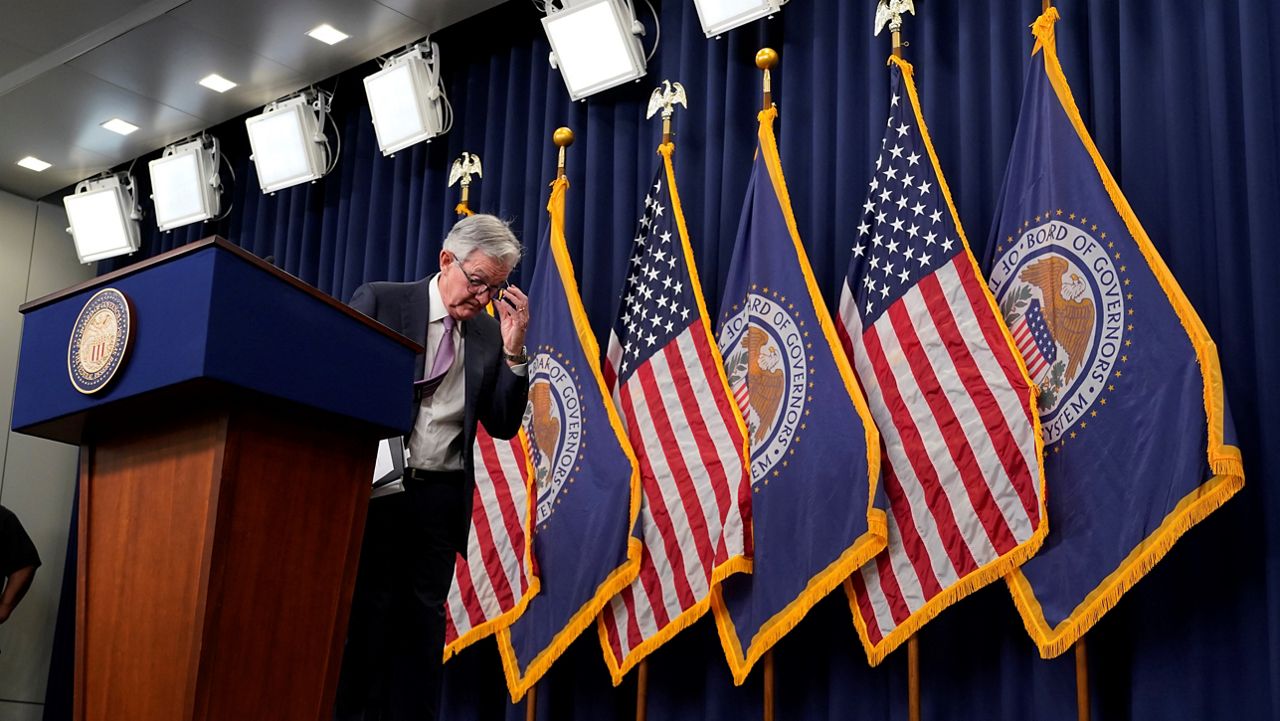
Is the economy headed for a hard or a soft landing? That’s the question on a lot of people’s minds following the Federal Reserve’s third and most recent interest rate hike last week. And it’s the question former U.S. Treasury Secretary Lawrence Summers and current President of the Federal Reserve Bank of Minneapolis Neel Kashkari answered during an online economic outlook question-and-answer session hosted by the Wall Street Journal Tuesday.
Below are excerpts from their conversation:
Is the Fed committed to aggressive rate hikes to defeat inflation?
Kashkari: “The only other time I have seen us this united was at the beginning of the pandemic, when we knew we had to act boldly to support the economy through the pandemic and through the downturn. We are all united in our job to get inflation back down to 2%, and we are committed to doing what we need to do in order to make that happen. And that leads to more tightening of monetary policy in the near term. Ultimately, how much we need to do is not just up to us. It’s going to be determined also by the supply side of the economy and whether we get some help on the supply side.”
Is the Fed overdoing it with rate hikes?
Summers: “No. I think the Fed allowed itself to get way behind the curve for a long time in 2021 early 2022 and in the process sacrificed a reasonable amount of credibility. And in that context, it is necessary to move very strongly and to be very clear and straightforward… We do absolutely need to do what’s necessary to bring inflation substantially down, and the more determination with which that’s done, the less painful the process is likely to be. Of course, there’s a risk that it will be overdone, but certainly at the current level of a 3% Fed funds rate … I certainly don’t think it’s been overdone yet.”
What should the Fed be looking at to decide when the Federal funds rate is at the right level?
Summers: “I would be watching very carefully what was happening in the labor market. I’d be looking for evidence that signs of an overwhelmingly tight labor market were giving way to signs of a labor market with more slack. I would be looking at a broad range of price increases to see whether in the median price we were starting to see a substantial decline in inflation. I would be looking at the kind of reports that the Fed gets on everything from future hotel reservations to business orders for a sense that a precipitous recession was starting to break out.”
What are the odds of American financial asset prices remaining low for a longer time?
Summers: “If one looks at asset prices, they seem to factor fully in what’s happened to real interest rates. I’m not sure the kind of earnings that would be likely to accompany a recession, if we have one, is something that’s fully factored into asset prices at this point.”
Is the economy in for a soft landing or a harder, longer recession?
Kashkari: “I think a soft landing is still possible, and certainly we will work very hard to try to achieve it, but a lot of it is out of our control. Do we get more help on the supply side of the economy or is bringing the economy into balance entirely up to reducing demand, and that’s through the Federal Reserve. If that’s the case, then it’s much more likely to be a hard landing. And so we are going to try to achieve a soft landing, but we are going to get inflation back down to 2%.”
Summers: “I think a hard landing is substantially more likely than a soft landing. If inflation is going to come down in two or three years … that’s likely to be in the context of a recession, not in the context of a smooth path. Neel said that unless we get a miracle on the supply side, or unless we get a lot of happy news on the supply side, it’s likely to be a hard landing. I think that’s right, and I don’t know what reason there is for thinking that we are going to get some kind of sudden major increase in productivity.”
Is the economy headed for a soft or hard landing? - Spectrum News 1
Read More
No comments:
Post a Comment